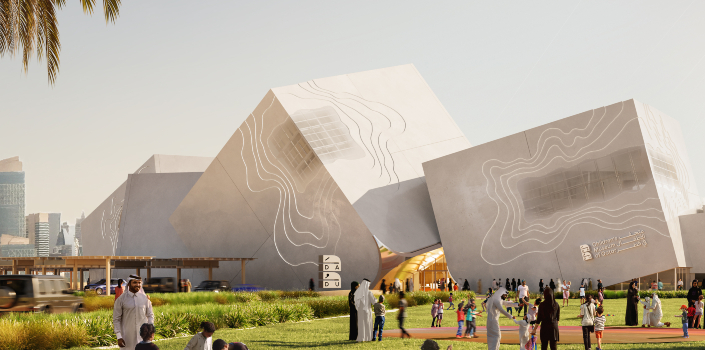WIN judge Sara Campagna’s key past projects
The WIN Award judge and Senior Associate Architect at Holland-based UNStudio reveals her favourite past projects, including a family friendly museum designed from a child’s perspective and a residential tower in Georgia, interpreting regional cultural values and local craftsmanship.
